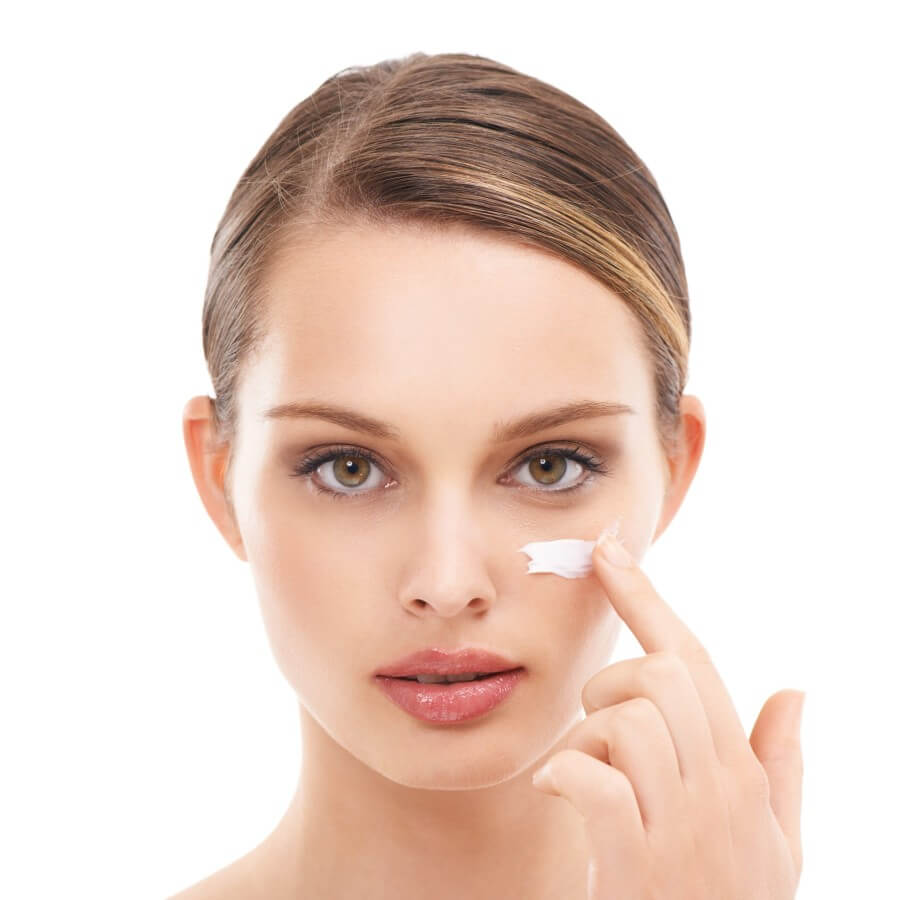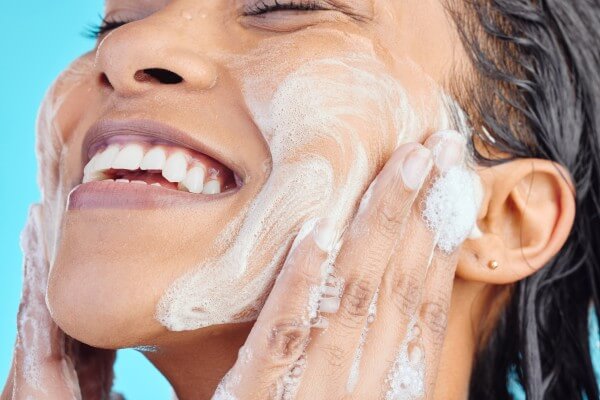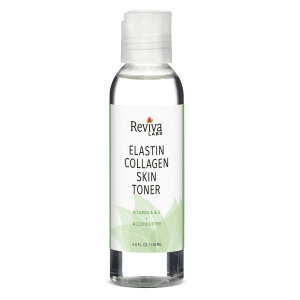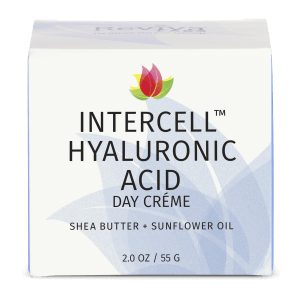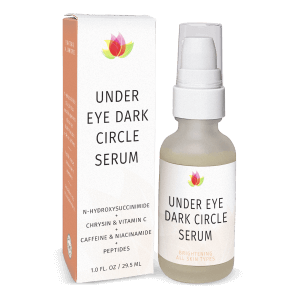Reviva Labs, Skin Care
A Quick Guide to Layering Skincare Products and Its Benefits
The world of skincare is ever-evolving, and one of the concepts that has gained major traction in recent times is layering skincare products (though Reviva has long been a proponent of this practice). This method is not merely a trend but a systematic and strategic approach to maximize the efficacy of each product applied. This quick guide aims to delve into the essence of layering skincare products, its benefits, and how to do it correctly. All set to learn about this nurturing skincare practice? Let’s dive in!
Understanding Layering in Skincare
Layering skincare products is akin to dressing yourself in layers for a cold day. Each layer serves a purpose and collectively, they are designed to offer maximum protection and comfort. In the context of skincare, layering involves applying multiple products in a specific order. The objective is to optimize the absorption of each product’s active ingredients and ensure that your skin reaps the most benefits.
The layering process revolves around the concept of ‘thinnest to thickest consistency’. The reason being, lightweight formulations are absorbed first, followed by richer and thicker products. This order prevents the occlusion of ingredients, where thicker products could form a barrier and block the absorption of active ingredients from lighter products.
The Perks of Layering Skincare Products
Layering skincare products is not just a skincare fad, but a methodical approach with distinct advantages. Here are some of the key benefits of this method:
Enhances Absorption of Skincare Ingredients
One of the significant perks of layering skincare products is the enhanced absorption of ingredients. Each product forms a layer on your skin, and this layering action seals and pushes down the active ingredients into your skin. Research confirms that layering skincare can enhance the overall efficiency of a skincare routine.
Personalized Skincare Routine
Layering skincare allows you to address specific skin concerns with targeted products. If you need extra hydration, you can add a hydrating serum to your routine. If you’re battling acne, you can include a specific spot treatment. The flexibility of a layered routine allows you to customize it to your skin’s needs.
Potent Product Combinations
Certain ingredients complement each other and can work synergistically when layered correctly. For instance, vitamin C and sunscreen make a potent combo as vitamin C addresses visible sun damage while sunscreen protects your skin from harmful UV rays.
The Art of Layering Skincare Products: The Ideal Sequence
The order in which you layer your skincare products is crucial. Applying the products out of order could diminish their efficacy. Here’s a general rule to guide your layering process – start with the thinnest or lightest product and gradually move to the heaviest or thickest. Here’s a breakdown of the sequence:
Step 1: Cleanser
The first step of any skincare routine, regardless of the number of products, should be cleansing. It gives you a ‘clean slate’ for products to absorb into your skin, and it washes away any dirt, oil, and grime accumulating in and around your pores.
Step 2: Toner
Toners come next in the layering process. They help remove additional oil and dirt after cleansing and better prep your skin for other products. Toners can also hydrate dry skin and promote good skin pH balance, which may help prevent acne.
Step 3: Exfoliator
Regular exfoliation can help to remove dead skin cells and unclog pores, leading to a smoother and more glowing complexion. However, it should be done sparingly, about two to three times a week, to avoid skin irritation.
Step 4: Spot Treatment
If you’re dealing with particular skin concerns like acne or dark spots, spot treatments should be applied right after cleansing or toning. These products target small areas of skin and contain different active ingredients depending on what you’re treating.
Step 5: Serums
Serums are lightweight, water-based products that are quickly absorbed by the skin. They contain a high concentration of active ingredients and can address specific skin issues like dryness, dullness, acne, and more.
Step 6: Eye Cream
Eye creams are specialized products formulated to address issues like dark circles, puffiness, and fine lines around the delicate eye area. They should be applied after any treatments to help them absorb better.
Step 7: Moisturizer
Moisturizers are designed to increase the water content in your skin and repair your skin barrier. They usually have a thicker consistency and should be used after lighter-weight serums or treatments.
Step 8: Face Oils
Face oils provide additional moisture and hydration to your skin. They should always be applied after your moisturizer to create a barrier that prevents the moisturizer from fully penetrating the skin.
Step 9: Sunscreen
Sunscreen should always be the last step in your morning skincare routine. It helps protect your skin from harmful UV rays that can cause skin cancer and premature aging.
Does the Order Matter?
The answer is yes! The main reason skincare product order matters are absorption, consistency, and pH. Applying skincare in the incorrect order might prevent your skin from absorbing the active ingredients effectively. Layering skincare correctly also helps your skin maintain its pH balance, so your products work optimally.
Layer-Up!
Layering your skincare in the correct order ensures that your pricey products and much-needed treatments work their best. A good rule is to always apply your skincare from thinnest to thickest consistency to help all your products absorb. At a minimum, your skincare routine should include cleansing, moisturizing, and sunscreen. If you need additional help treating acne, fine lines, or other skin concerns, reach for a spot treatment, serum, and retinol.
So, the next time you apply your skincare products, remember the layering method. Your skin will thank you for it!



